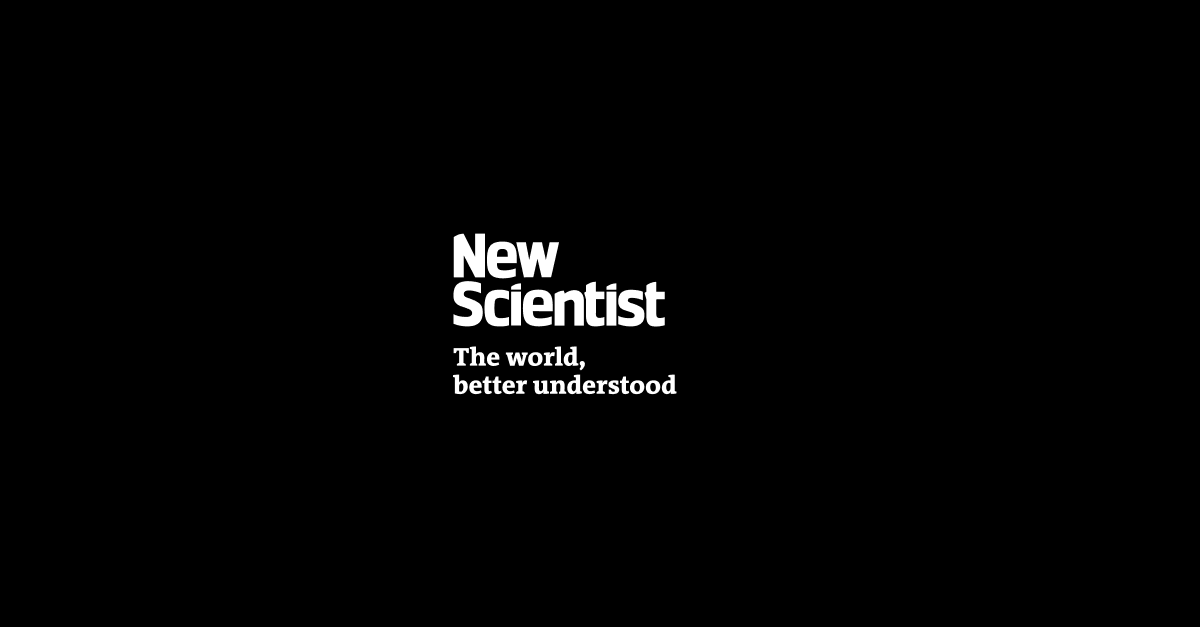Astronomers have revealed new processes taking place in our sun’s atmosphere, thanks to exquisite new images of the star.
Dirk Schmidt at the US National Solar Observatory and his colleagues used the Goode Solar Telescope in California to produce the images. They used a technique known as adaptive optics to remove the blur of Earth’s atmosphere when observing the sun, allowing them to observe features in the corona, the star’s outer atmosphere.
Advertisement
“You see dramatically more detail that it’s unlikely anybody has seen before,” says Schmidt.

Plasma streams in the sun’s corona
Schmidt et al./NJIT/NSO/AURA/NSF
Those details include streams of plasma dancing through the corona and loops of plasma known as solar prominences breaking apart and reforming.
Sign up to our Launchpad newsletter
Voyage across the galaxy and beyond with our space newsletter every month.
The images also show some of our best-ever views of coronal rain, city-sized droplets of plasma that fall to the sun’s surface as they cool and become denser. “They are pulled down to the sun’s surface by gravity,” says Schmidt.
The observations were taken in the summers of 2023 and 2024. It is hoped that some of the imagery might give us new insights into why the sun’s corona is so much hotter than its surface – millions of degrees compared with thousands of degrees – a mystery that remains unresolved.
One possibility might be magnetic fields snapping together in the sun’s corona. “In many images and movies we provide, you can see tangled and twisted structures and twisting motions on very small scales,” says Schmidt, which might cause nanoflares that heat the corona.
Some features in the images are a mystery, including a wisp of plasma that morphed into multiple blobs. “We are currently lacking a definitive explanation,” says Schmidt. “I believe this could be something new, and it will be exciting to see how other scientists pick this up.”
Topics:




